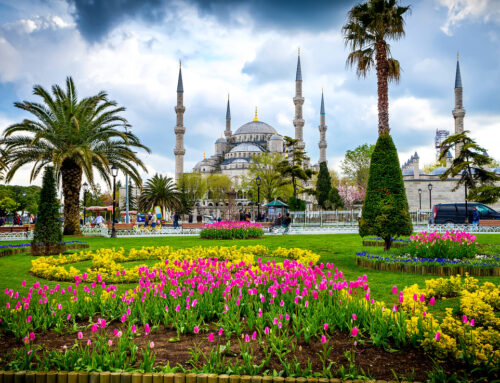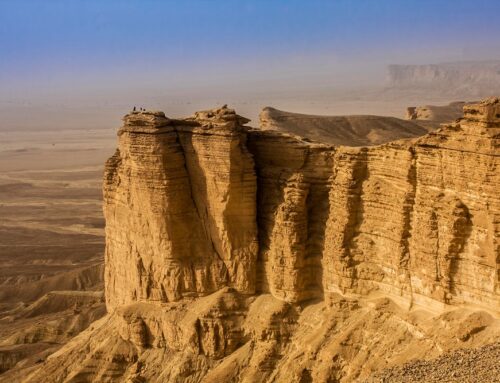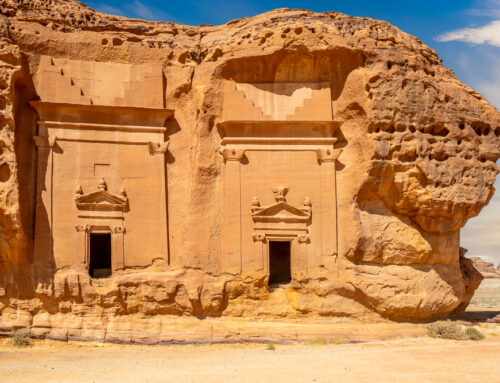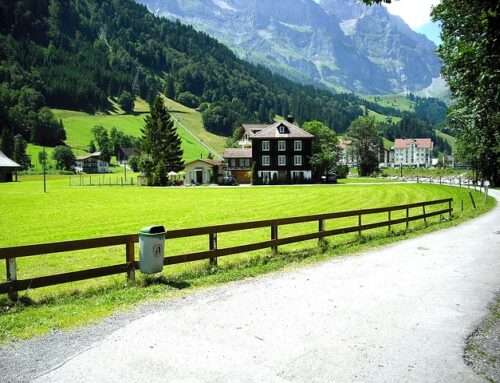Exploring Cairns Australia, More Than Just Sea and Surf
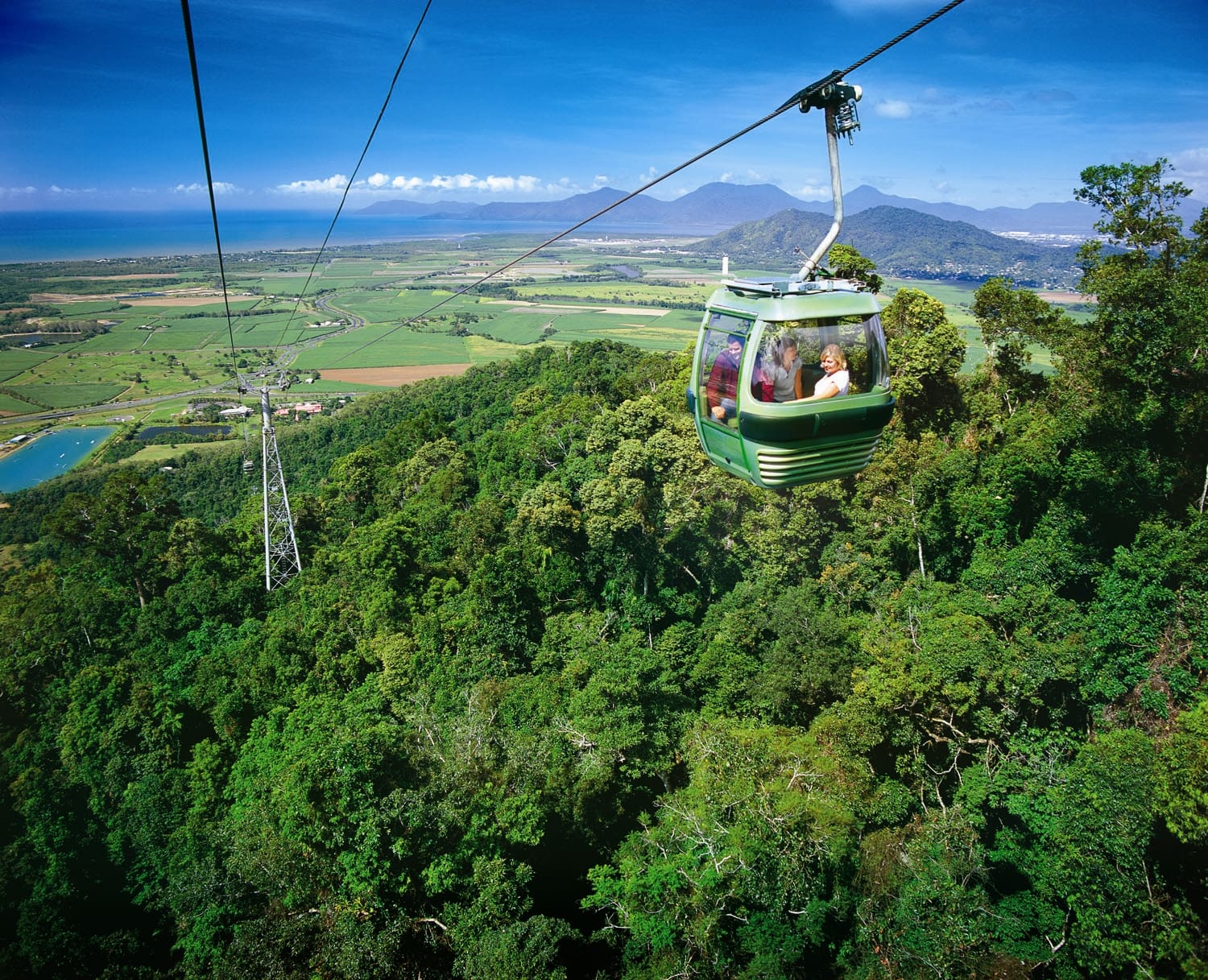
Cairns Australia – home to the largest reef on earth and the oldest rainforest in the world.
Travelling to Australia is no quick trip. Even today it involves long hours of flying, lengthy layovers, remembering to alter your watch as you go, and eating meals at odd times for your body. And when you do it as your first ever flight at the ripe old age of thirty-four in order to visit relatives, then it’s even more interesting. Is it worth it? You bet it is and that’s why I’ve now been back twice more and am currently planning a third visit. My visits always include time in the tropical city of Cairns on the coast of Northern Queensland.
Renowned as the “Gateway to The Great Barrier Reef”, which is acknowledged as the largest living organism on the planet at 2011 km long (just under 1250 miles), Cairns has even more than sea life to offer. Although, the journey out to the beginning of the reef at Green Island certainly has to be done simply for the experience. However, my interests are more green than blue, and with that in mind, my thoughts go inland to the Wet Tropics Rainforest.
This is band of stunning tropical rainforest is the oldest on earth and runs up the north-east coast of Queensland. This World Heritage area covers over 850,000 hectares, and is recognized for its beauty and biological importance. The area includes some spectacular scenery and rugged topography with fast flowing rivers, deep gorges and numerous waterfalls with views over undisturbed rainforests. Such an area would obviously attract visitors, but how to best accommodate this influx of people without spoiling it was a challenge for Queensland officials. From this challenge, the Skyrail Rainforest Cableway project was conceived.
Seven years of in-depth environmental and feasibility studies followed the proposal, as the attitude was, “if we are going to do this we are going to do it right”. Construction began in June 1994, with the sites selected to coincide with existing gaps in the rainforest canopy and after determining that no rare or endangered species would be affected. Each tower was made to fit within a 10 x 10 metre area and then placed as far apart from each other as technology would allow.
As no roads were built during the construction, workers had to walk into the remote sites each day carrying all their equipment; meaning the tower footings were literally built by hand. Helicopters were then utilized to carry larger equipment used for support lines so that wind turbulence affecting the canopy was kept to a minimum.
The passenger stations within the forest, Red Peak and Barron Falls, were both designed to blend in with the surroundings. Fifteen months after construction began Skyrail was finished, giving a unique way of seeing and experiencing a rainforest in a safe and environmentally safe way. My trip was simply amazing, seeing how the rainforest was a living breathing thing and the sounds you could hear from within the canopy and below were very special.
As part of the trip you are led along the walkway by a trained guide who explains about the plants and trees you are seeing and a little about the local Aboriginal history. Along the way they point out a bend in a specific tree explaining this was used to make boomerangs.
One highlight of the journey is approaching Barron Falls Station where you are given amazing views of the gorge and the falls which are surrounded on either side by the vegetation. To see the falls at their most spectacular, it is best to visit in the wet season (December to March) although it’s impressive at any time of year. From here your trip travels over the Barron River and approaches its end at Kuranda Terminal. Kuranda, is well known as the Aboriginal Town in the Rainforest and centre for the arts. You’ll also want to visit the butterfly sanctuary to see the Ulysses butterfly or Mountain Blue which is my particular favourite.
But this is really only half the journey as you need to travel back into Cairns. You have a few options; one is to travel back using the Skyrail, but as you have already done that, I recommend a ticket on the Kuranda Scenic Railway which will give you both that nostalgic trip behind a train and a spectacular journey down into the centre of Cairns. The trip reveals more views of the rainforest, steep ravines and more picturesque waterfalls within the National Park area before travelling through cane fields before journeys end literally in the centre of town. The railway itself was built in the late nineteenth century and is considered a tremendous feat of engineering in its own right, featuring fifteen hand-made tunnels and a total of thirty-seven bridges in its length.
Arriving back in Cairns, you are then literally just a few steps from the air conditioned main shopping compex ‘Cairns Central’. Although it has an amazing food court with a tremendous choice of food and drink, make the effort of a 5-10 minute walk and treat yourself to the best coffee and cake in town at Perrotta’s at The Gallery to finish the trip right.
One more tip for you: if you do decide to enjoy the local bus service to get back to your accommodation during your visit, please be aware that the kerbs in Australia are curved, and if you get off the bus too quickly at a stop, watch your step, or you could give everyone behind you (especially your sister and nephew) a good old giggle as you go head over heels (cleaned that expression up) and end up with a lovely swollen ankle. What, I have to keep my weight off it for a couple of days and sit out in the sun? Don’t mind if I do Doc, Pass me another tinnie (Think I got the last laugh on that one).
******************************
About The Author: This post by Andrew Ridgway, a keen walker and outdoor enthusiast, especially in the Peak District and Cheshire areas, who writes for Outdoor Look, a UK based retailer of outdoor gear, clothing and footwear.
*******************************
Image Source: Google Commons






